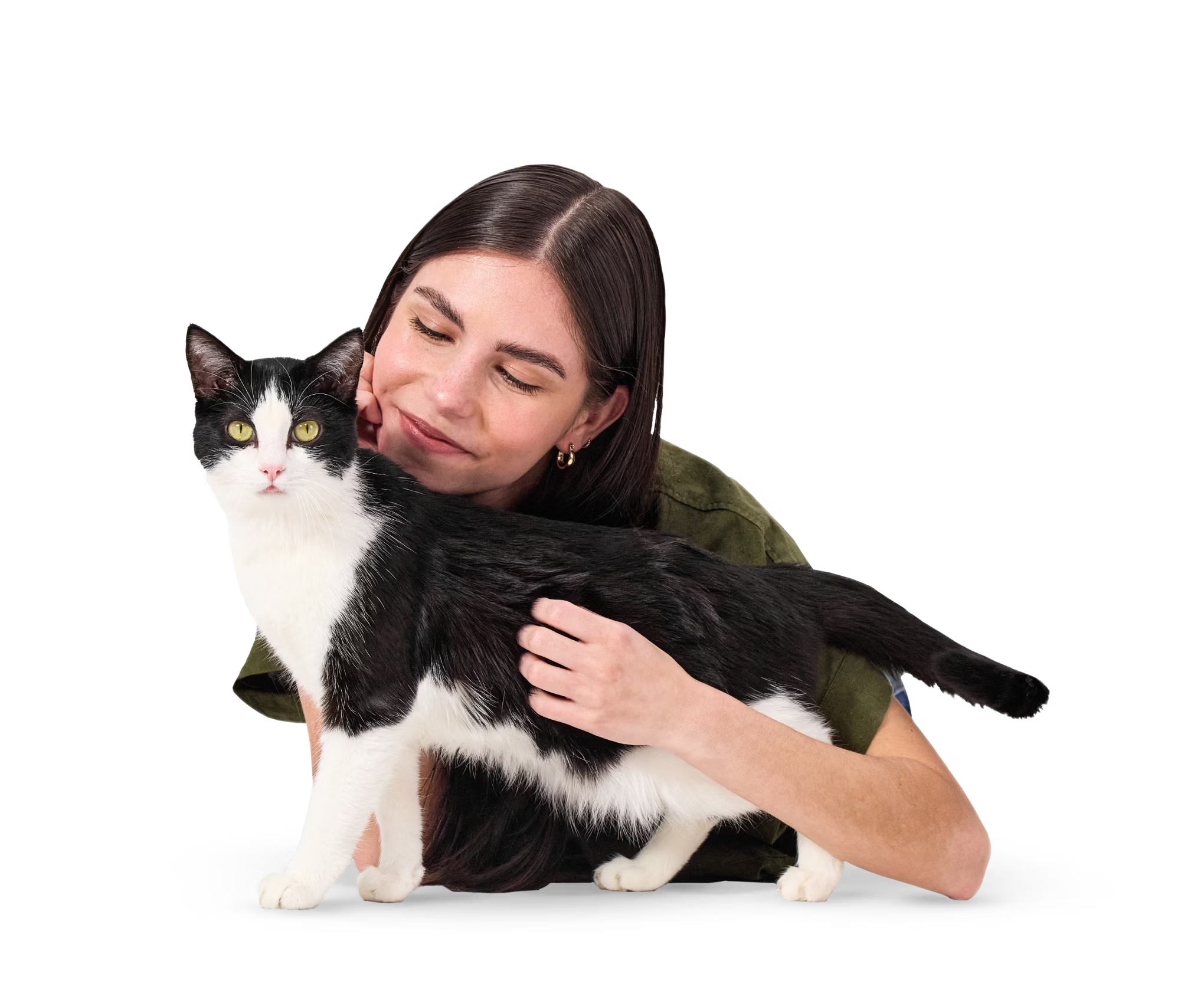Pyruvate Kinase Deficiency
Pyruvate Kinase (PK) Deficiency is a disorder that causes anemia due to the breakdown of red blood cells.
Key Signs
Pale mucous membranes, Lethargy, Lack of appetite, Weight loss, Icterus (jaundice), Abdominal enlargement, Diarrhea
Age of Onset
1 to 4 yrs
Junior to adult onset
Inheritance
Autosomal Recessive
For autosomal recessive disorders, cats with two copies of the variant are at risk of developing the condition. Cats with one copy of the variant are considered carriers and are usually not at risk of developing the disorder. However, carriers of some complex variants grouped in this category may be associated with a low risk of developing the disorder. Individuals with one or two copies may pass the disorder-associated variant to their kittens if bred.
Likelihood of the Condition
High likelihood
At risk cats are highly likely to show signs of this disease in their lifetime.
What to Do
Here’s how to care for a cat with Pyruvate Kinase Deficiency
Partner with your veterinarian to make a plan regarding your cat’s well-being, including any insights provided through genetic testing. If your pet is at risk or is showing signs of this disorder, then the first step is to speak with your veterinarian.
For Veterinarians
Here’s what a vet needs to know about Pyruvate Kinase Deficiency
Pyruvate Kinase (PK) Deficiency presents as a chronic, intermittent, hemolytic anemia. The disorder has a high variability of age of onset and severity of clinical signs. The age of onset of clinical signs varies from six months to five years of age. Clinical signs of the disorder are highly variable but may include lethargy, weakness, diarrhea, pale mucous membranes, anorexia, poor coat quality, weight loss, icterus (jaundice), splenomegaly, and ascites in severe cases. The severity of clinical signs also varies greatly with some cats maintaining adequate quality of life and others requiring euthanasia. The disorder has been reported in multiple cat breeds.
Therapy is limited to symptomatic treatments and general supportive care. Some cats are able to maintain an adequate quality of life while others require euthanasia.
For Breeders
Planning to breed a cat with this genetic variant?
There are many responsibilities to consider when breeding cats. Regardless of test results it is important that your cat is in good general health and that you are in a position to care for the kittens if new responsible owners are not found. For first time or novice breeders, advice can be found at most cat registry websites.
This disease is autosomal recessive meaning that two copies of the mutation are needed for disease signs to be shown. A carrier cat with one copy of the Pyruvate Kinase Deficiency mutation can be safely bred with a clear cat with no copies of the Pyruvate Kinase Deficiency mutation. About half of the kittens will have one copy (carriers) and half will have no copies of the Pyruvate Kinase Deficiency mutation. Kittens in a litter which is expected to contain carriers should be tested prior to breeding. Carrier to carrier matings are not advised as the resulting litter may contain affected kittens. Please note: It is possible that disease signs similar to the ones caused by the Pyruvate Kinase Deficiency mutation could develop due to a different genetic or clinical cause.
Technical Details
| Gene | PKLR |
|---|---|
| Variant | G>A |
| Chromosome | F1 |
| Coordinate | 70,310,110 |
All coordinates reference FelCat9.0
We’ve spent the past 20+ years devoted to DNA. Our team of scientists and vets have spent decades developing the most accurate pet DNA test. Because every pet deserves to have their whole story told. We’ve collaborated with leading academic institutions, innovative research labs, and Banfield Pet Hospital™ to make our process exceptionally precise, fast, and affordable.

References & Credit
Credit to our scientific colleagues:
Grahn, R. A., Grahn, J. C., Ct Penedo, M., Helps, C. R., & Lyons, L. A. (2012). Erythrocyte Pyruvate Kinase Deficiency mutation identified in multiple breeds of domestic cats. http://www. View the article